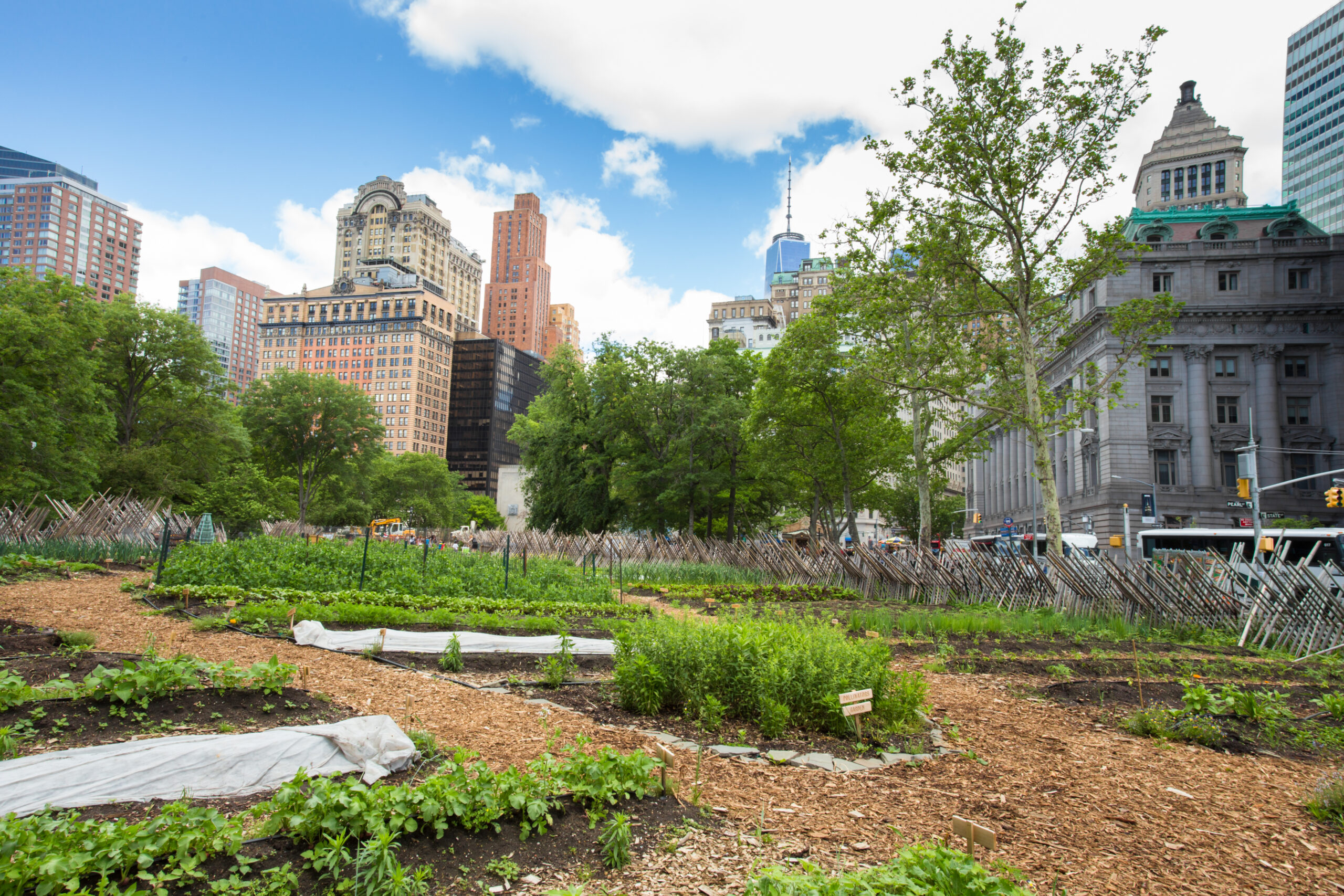7 Simple Techniques For City Blooming
7 Simple Techniques For City Blooming
Blog Article
A Biased View of City Blooming
Table of ContentsExcitement About City Blooming6 Simple Techniques For City BloomingThe Facts About City Blooming UncoveredRumored Buzz on City BloomingThe Basic Principles Of City Blooming
Interested in expanding food offer for sale in the City of Chicago? Thinking concerning starting a community yard? Adjustments to the Chicago Zoning Regulation enable agricultural usages like area gardens and city ranches in lots of components of the city. Below is a listing of often asked inquiries concerning the regulations and guidelines that farmers ought to take into consideration when preparing a city agriculture task.
The zoning change does not modify any type of various other codes taking care of composting, building authorizations, purchasing or renting City had building, service licenses or environmental contamination. There are existing codes that regulate these concerns and they continue to be completely effect and might apply to your task. Area gardens are typically had or taken care of by public entities, civic organizations or community-based companies and maintained by volunteers.
Urban ranches grow food that is planned to be marketed, either on a not-for-profit or for-profit basis. Because of their industrial function, metropolitan farms need a company certificate. Yes. A community yard is permitted to offer excess create that was grown on website if the sales are accessory or subservient to the yard's key function defined above.
City Blooming Things To Know Before You Buy
Composting is enabled but only for plant product that is produced and made use of on website. The amount of compost material can not go beyond 25 cubic lawns at any kind of provided time according to the standards in 7-28-715 of the City's Municipal Code. Yes. Because the soil at the majority of new yard sites needs changing, garden compost, soil, timber chips, or other products can be obtained to construct or improve the expanding room - eco-friendly practices.

If a structure license is needed after that the hoophouse will certainly be considered an accessory building. You can find out more concerning the structure license needs by getting in touch with the Division of Structures. The 25,000-square-foot size limit is planned to prevent a solitary area yard from controling an offered block or interfering with the block's existing property or commercial personality.
The limitation does not relate to gardens situated in Public Open Area (POS) areas. Can there be greater than one community yard that is 25,000 square feet on a solitary block? Yes. The dimension limitation uses to specific gardens, not to private blocks. No. Fencing is not required, however, gardens that have huge parking areas might be needed to install fencing or various other landscape design attributes.
The smart Trick of City Blooming That Nobody is Talking About
B1 & B2 districts require that all commercial usage activities be conducted inside your home. Is secure fencing needed for city ranches? Fencings might be needed, along with landscape design and testing, for certain auto parking areas and outside work or storage space locations depending on place and the particular activity taking location.
Urban ranches need structure authorizations and zoning authorizations prior to building and construction (indoor useful content plants). Other forms of city evaluation may be required depending on details structures, activities, dimension, landscaping, licensing, public health and stormwater administration problems.
The Division of Organization Affairs and Customer Protection can aid establish the certain type of organization certificate that's needed. Off street vehicle parking is required for a lot of business tasks in Chicago. The called for number of car park rooms is based on the number of workers working on website and not the square footage of the growing area.
City Blooming Things To Know Before You Get This

Yes. A metropolitan ranch can market compost material generated on website, nonetheless, the operation should abide by the guidelines in 7-28-715 of the Chicago Municipal Code. Yes. Aquaponic systems are allowed inside on metropolitan ranches in lots of zoning areas. Nevertheless, a zoning testimonial and building authorization is needed in order to set up frameworks or systems and an organization license is required as explained over.
Up to five hives or swarms of honey bees might be maintained as an accessory usage. Beekeepers should sign up with the Illinois Division of Farming. To find out more regarding the proposed zoning amendment you might speak to the Department of Housing and Economic Growth, Bureau of Planning and Zoning at 312.744.8563.
Farming in cities and metropolitan areas A metropolitan farm in Chicago. Urban agriculture describes different methods of growing. https://www.dreamstime.com/danielnold94107_info, processing, and dispersing food in urban locations. The term likewise puts on the area activities of pet husbandry, tank farming, beekeeping, and gardening in a city context. Urban agriculture is differentiated from peri-urban agriculture, which occurs in backwoods beside residential areas.
City Blooming Fundamentals Explained
, that seek to form social networks established on a shared ethos of nature and area holism. These networks can establish by method of formal institutional assistance, becoming incorporated into neighborhood community planning as a "shift community" movement for lasting urban growth.
Some of the initial proof of urban agriculture comes from Mesopotamia.
Report this page